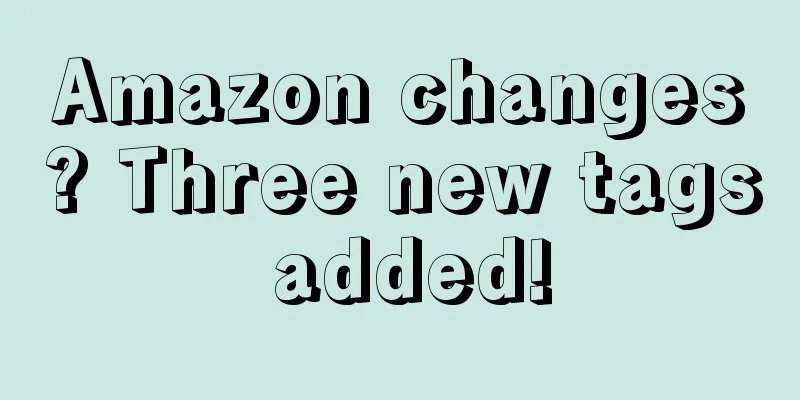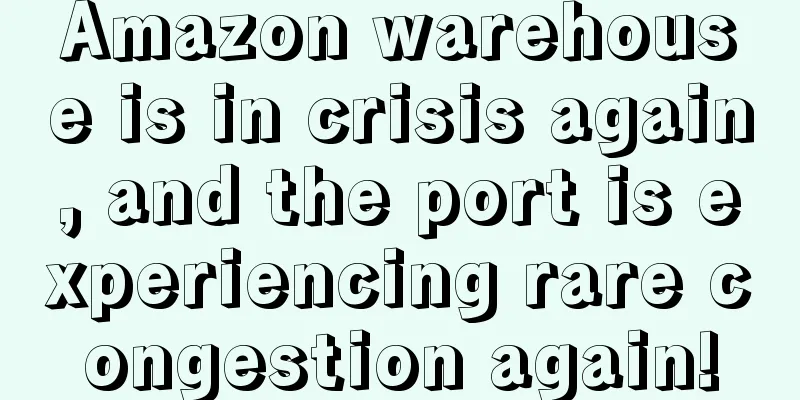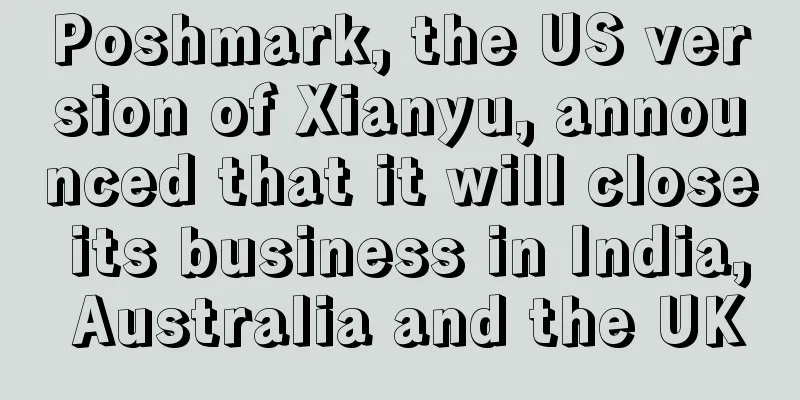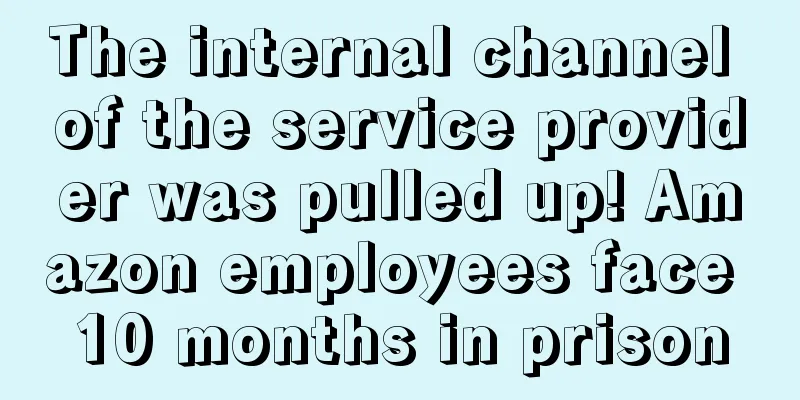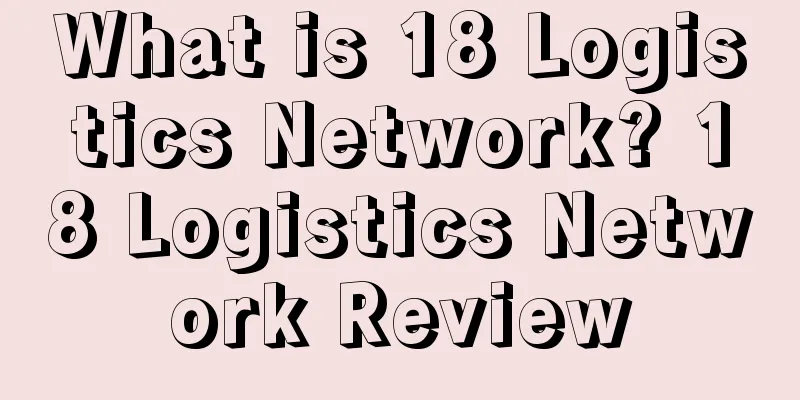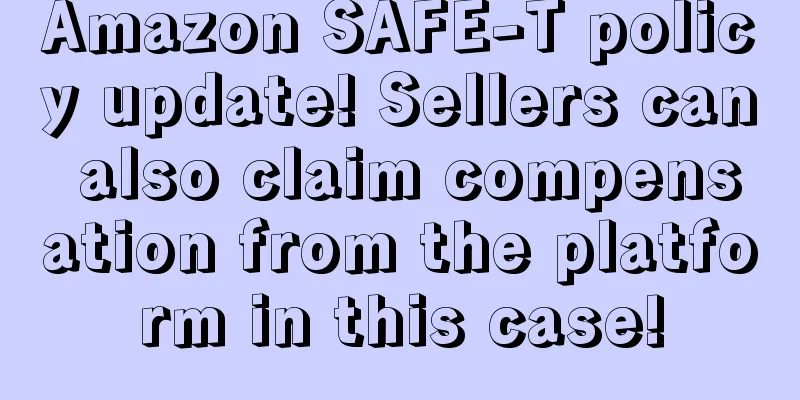Amazon frequently attacks you by forcing banned words into your products!
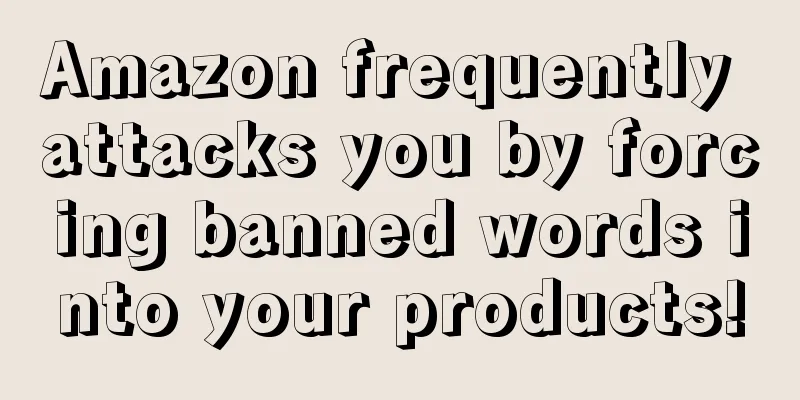
|
Recently, sellers have revealed that their products were removed from the shelves due to serious quality issues. After self-inspection, they found that it was caused by malicious review attacks! The main situation is that the seller has recently added a negative review, which is very short but contains some sensitive words, all of which are safety-related words such as "safe", "fire", "dangerous", "explosion", etc. A simple negative review is unlikely to threaten the product to be removed from the shelves, but once it involves safety issues, Amazon will tighten its control over the product as if it were facing a major enemy, and removing the product from the shelves is one of the means. This situation has occurred several times before, where someone deliberately posted a large number of reviews containing security-sensitive words under the competitor's products, triggering the Amazon platform algorithm mechanism to cause the product to be removed from the shelves for review. Last year, due to a wave of updates to the weight and algorithm of negative reviews, such situations have been difficult to trigger security reviews. The recent increase in this situation must be due to a change in the calculation method of the weight of negative reviews, or in other words, there are new ways for brushers to increase the account weight of buyers. If you encounter this situation, you should file a complaint with Amazon in a timely manner. The seller should collect real reviews from the past three months as evidence for the counterclaim, proving that the sensitive words related to the products sold by the seller are not true. In addition, you should explain to Amazon that the negative review account is a professional negative reviewer who maliciously attacks the opponent's account. These accounts generally have the following characteristics. Characteristics of professional negative review accounts If the negative review comes from the competitor's own account or a professional fake order team, most of these accounts are not real seller accounts. Therefore, in order to avoid being demoted or blocked by Amazon, they are usually more cautious in posting reviews, and most of the reviews are very few. At the same time, you can check the account creation date. If it was created not long ago and they are still leaving negative reviews, you can take a screenshot as a basis for complaint. However, there are many real buyers who do not like to leave comments. In order to avoid accidental injuries, it is recommended that you make judgments based on the following features. Secondly, if a buyer account is a competitor's own account, it will definitely leave a lot of good reviews for itself. So if you see that the account has left multiple good reviews for a specific seller, combined with the above feature, you can basically determine that this is a seller's own account that is specifically used to give bad reviews to competitors. If the review has been left for various sellers and not a specific store, then the star rating of the review is more extreme, either one star or five stars, with very few two and four stars, and basically no three stars. This may be the account of an agency that fakes orders, because Amazon's account scanning is very strict, and such accounts are usually created not long ago. This review habit needs to be judged in combination with other factors. Another obvious point is the interval between reviews. For example, after leaving a review, it takes a long time (some years) before leaving another review. In this case, it is possible that the buyer's account was blocked due to abnormal behavior, and was recently unblocked and used again. There are many account dealers who specialize in collecting such blocked accounts and sell them as active sellers after they are unblocked. The buyers of these accounts are either fake order agencies or self-supporting sellers. In short, they cannot be real consumers. Therefore, when the time span between two reviews is particularly large, you need to consider the possibility of malicious negative reviews. If you are surrounded by malicious reviews and they force you to remove your product by inserting some banned words into the reviews, you can use the above points to prove to the customer service that it is not a normal buyer's review. If you encounter malicious reviews, you can expose them in our seller communication group and share your experiences. Maybe you can find out who is attacking you. |
>>: Amazon's best seller suffered an insulting attack, and the murderer is still at large!
Recommend
Loss of $73.8 million! Pet e-commerce Chewy's annual revenue is poor!
<span data-shimo-docs="[[20,"获悉,据外媒报道,近日美国...
What is Zibbet? Zibbet Review
Zibbet is a trading platform for original handicra...
A confirmed case appeared at Amazon headquarters! The US market suffered a severe blow…
The domestic epidemic has continued to improve in...
Breaking news! Something went wrong with the merging of comments! Tens of thousands of comments were cleared overnight...
Recently, many sellers have found that the number ...
Share a table for making an off-site table (be careful if you are not good at math)
Quickly promote the 46th article outside the site ...
13 ways to find product ideas and create new hits
There are more and more sellers on Amazon, with an...
Another freight forwarder in Shenzhen ran away? He revealed that he lost millions due to inspection!
In recent years, with the development of the globa...
What is Zally? Zally Review
Zally is a free Amazon tool that is mainly used to...
Black Friday bug caused hundreds of thousands of losses, and freight forwarders were "humble" to collect goods during the off-peak season
Black Friday and Cyber Monday have both ended. D...
The low-price adaptation mechanism for products before big sales scares many Amazon sellers!
Yesterday, Amazon's European and American site...
What is Webinterpret? Webinterpret Review
Webinterpret is the world's leading cross-bord...
3 new changes to Amazon advertising features in 2024!
Many new features of Amazon are released secretly ...
What is Jite Intellectual Property? Jite Intellectual Property Review
Guangzhou Jite Enterprise Management Consulting Co...
What is AMZBlack? AMZBlack Review
AMZBlack is a cross-border real-person evaluation ...
What is The Iconic? The Iconic Review
Founded in 2011, The Iconic is Australia's lea...
